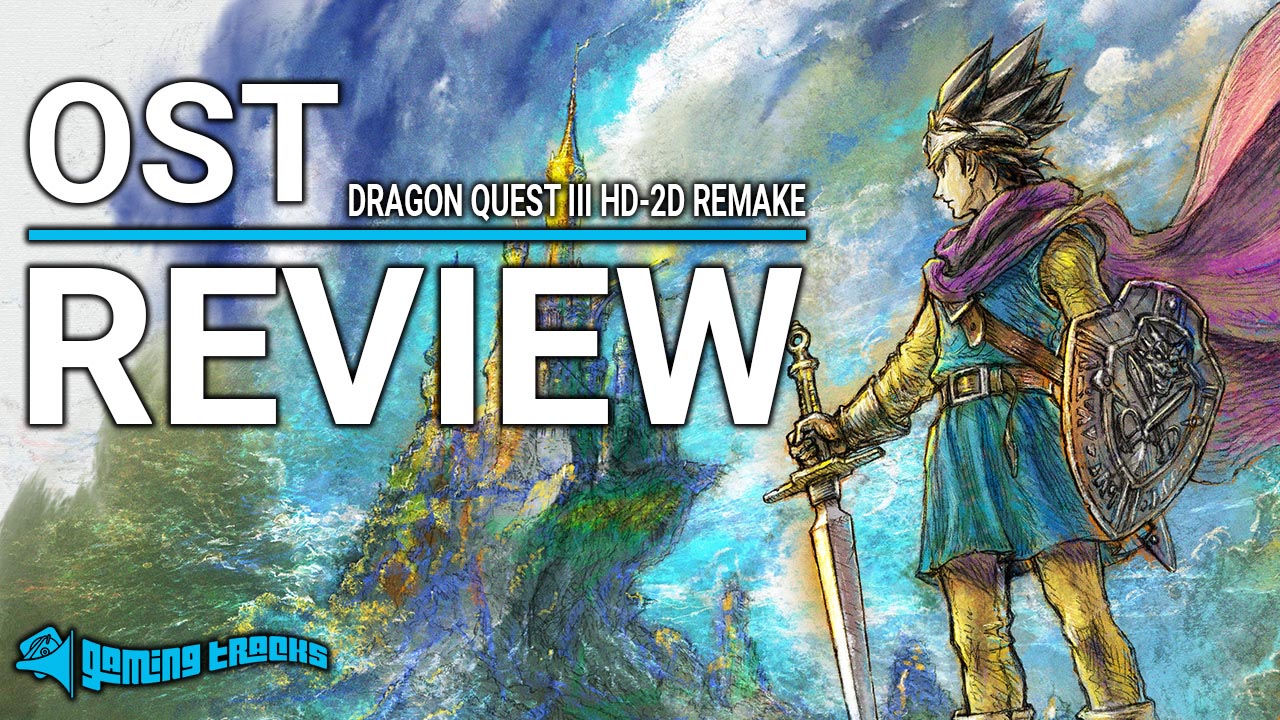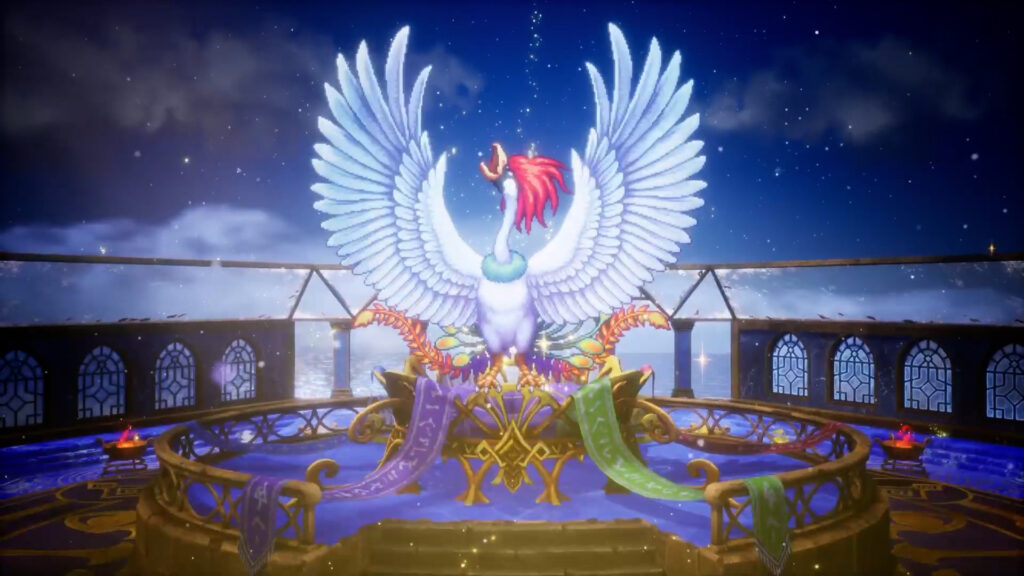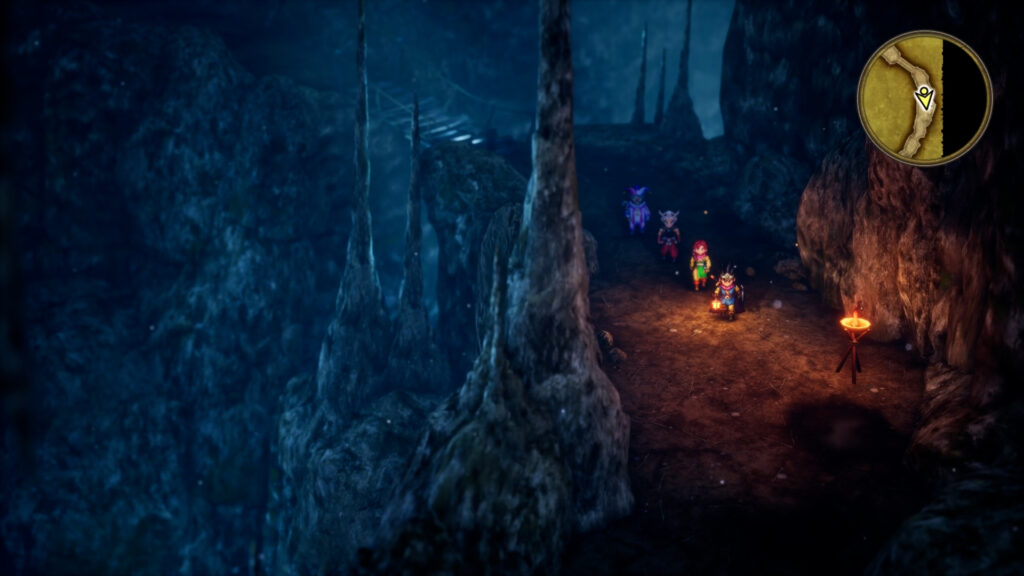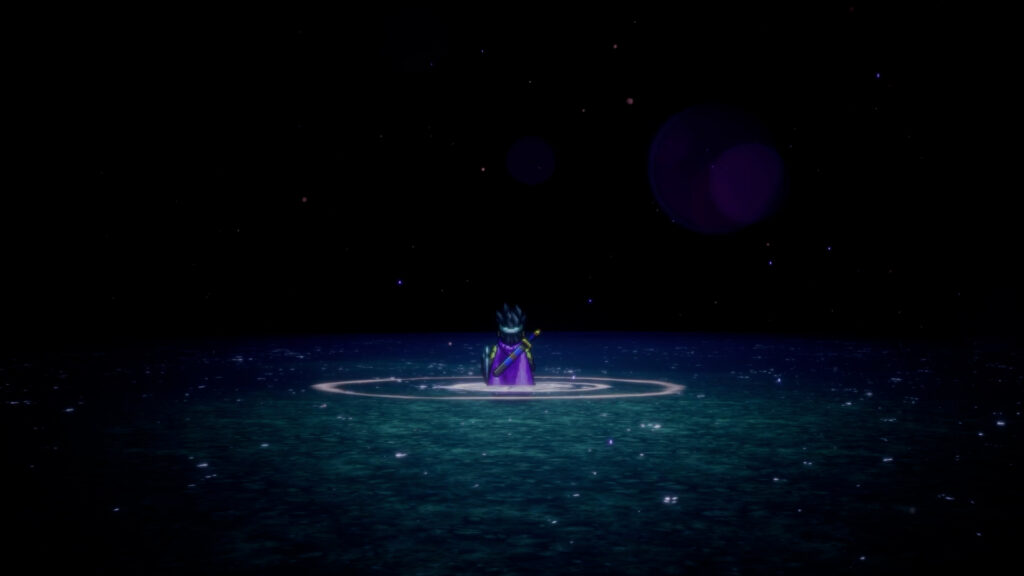
Pros:
- Stunning Orchestration
- Cinematic Undertones
Cons:
- Pacing Issues
- Odd Medley Placement
Back in 2005, the Tokyo Metropolitan Symphony Orchestra crafted their own rendition of the Dragon Quest III soundtrack. Today, it’s regarded as one of the most beautiful symphonic recordings in the series. It’s no surprise that Square Enix chooses it for the HD-2D Remake.
A Cinematic Focused Soundtrack

The music doesn’t just support the gameplay, it tells a story. With emotional highs, and dramatic shifts in tempo, it flows more like a film score than your traditional video game soundtrack.
It begins with a peaceful Prologue, bringing the charm of something like the Shire from The Lord of the Rings—feeling natural, gentle, and full of promise. It sets the stage for a journey that grows in scope and scale. This is followed by the fantastic overworld theme, Adventure, which beautifully closes the album’s opening section—evoking a sense of adventure and becoming the driving force that pushes the player through the story.
Medleys Change the Direction

Halfway through the album, there’s a series of slower pieces that change the pacing noticeably. The melodies drop so it can showcase the game’s atmospheric environments, but in return it risks the overall flow. Requiem – Small Shrine provides a needed course correction. Its spiritual tone and emotional beauty act as a bridge helping re-center everything.
One head-scratching medley is Fighting Spirit, which blends the regular battle theme with the final boss music. On paper, it makes sense. But in context, it feels off. It would’ve made more sense near the beginning, where it better reflects the early gameplay experience.
Final Thoughts

The Tokyo Metropolitan Symphony orchestra brings richness, clarity, and cinematic taste, but it isn’t perfect. The pacing has a mid-life crisis and the battle theme feels misplaced. It tries to blend key moments and genres into a unified journey. Some of these choices work; others feel disjointed. It’s as if the soundtrack can’t decide whether it wants to tell a narrative or stay uniform—and in the process, it struggles to succeed at either.

